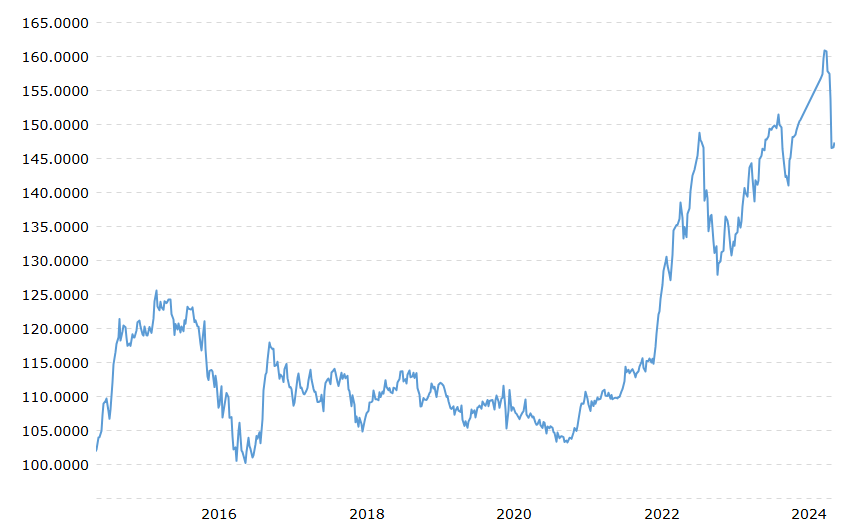Edit Content
Trending






A transdisciplinary team of AMBER and CRANN researchers from the School of Chemistry at University College Cork (UCC) and the School of Physics at Trinity College Dublin (TCD) has developed sensor technology for wearable air quality monitors that alert individuals of their exposure to hazardous gases.
Their results are published in ACS Applied Nano Materials.
Poor air quality can significantly impact health, ecosystems, and overall quality of life. Therefore, it is essential to maintain good air quality for the well-being of humans, the environment, and economic prosperity. One hazardous gas that seriously threatens health is nitrogen dioxide (NO2). NO2 is released into the atmosphere through fuel combustion, industrial emissions, gas cooking, and other sources.
NO2 poses serious risks to human health, leading to short-term symptoms such as breathing difficulties and long-term respiratory issues with prolonged exposure. Regulatory agencies, such as the Environmental Protection Agency (EPA) and the European Commission, have established exposure limits for NO2 to address these health concerns.
While significant advancements have been made in gas sensor technology over the past two decades, challenges remain related to real-time monitoring, room temperature operation, sensitivity and selectivity.
Most NO2 sensors are impractical for integration into wearable technology. Current methods for measuring NO2 often require expensive instrumentation, highlighting the need to develop low-cost sensor technologies for broader-scale monitoring of this critical pollutant.
AMBER Researcher and Deputy Director Professor Justin Holmes of the School of Chemistry University College Cork said, “At AMBER, we are actively developing 2D material networks on flexible polyethylene terephthalate (PET) substrates. Through multidisciplinary collaboration, we aim to leverage their flexibility, affordability, and transparency to enhance wearable technologies for real-time air quality monitoring and advanced sensing in smartwatches, clothing, and beyond.”
Recent extensive wildfires on the West Coast of the United States and at a European level in Croatia, Portugal, Greece, Spain, Italy, and Algeria in 2023 alone have damaged not just foliage but burned through housing, commercial and industrial units, and vehicles, with hazardous gas emissions challenging to determine at their outset.
This further highlights the growing need for low-cost scalable technology, such as air monitors for individuals, as our atmosphere knows no borders or boundaries.
More information:
Kusuma Urs et al, Exfoliated Molybdenum Disulfide Nanosheet Networks as Sensing Materials for Nitrogen Dioxide Detection, ACS Applied Nano Materials (2025). DOI: 10.1021/acsanm.4c05066
Citation:
Innovative sensors for wearables could offer real-time alerts for hazardous gases (2025, January 31)
retrieved 1 February 2025
from https://phys.org/news/2025-01-sensors-wearables-real-hazardous-gases.html
This document is subject to copyright. Apart from any fair dealing for the purpose of private study or research, no
part may be reproduced without the written permission. The content is provided for information purposes only.
©2024. Livebuzznews. All Rights Reserved.